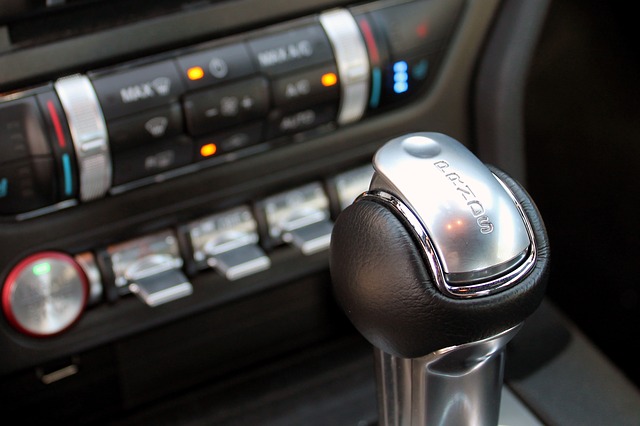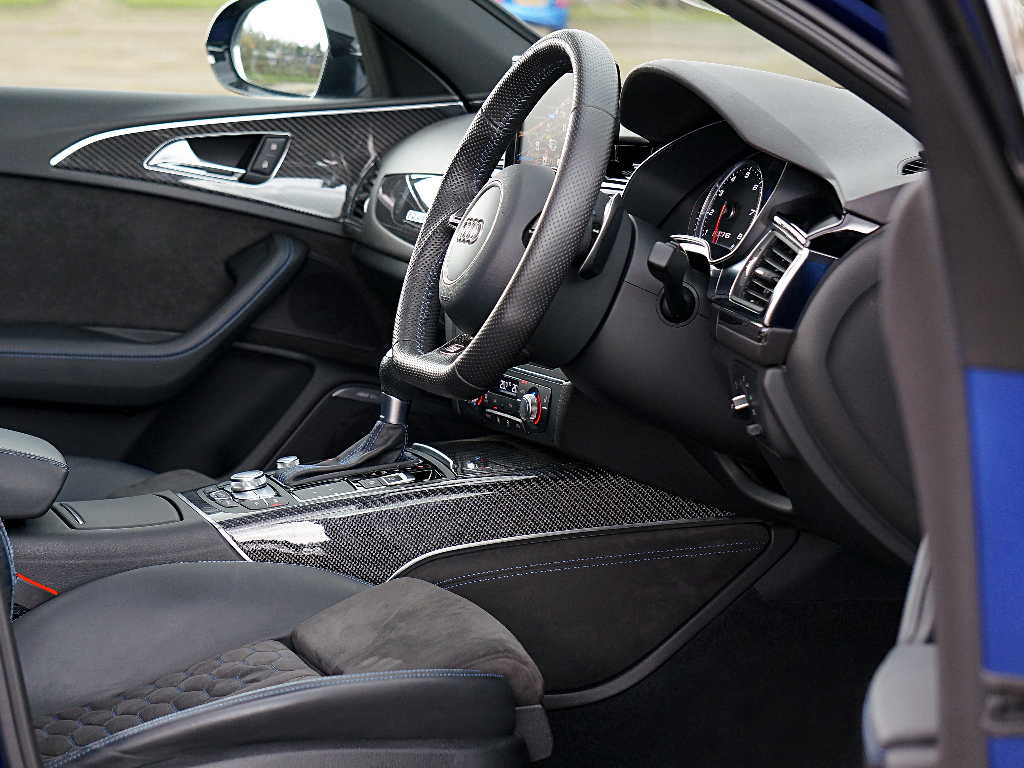 You might guess that the most important part of a vehicle is its wheels. And you’d be right - without decent wheels a car cannot adhere well to a surface. Quality, pressure, and tire tread are all important factors here.
You might guess that the most important part of a vehicle is its wheels. And you’d be right - without decent wheels a car cannot adhere well to a surface. Quality, pressure, and tire tread are all important factors here.
The engine, too, is a vital automobile component.
However, another of the most important features of a car or any other vehicle is its transmission, which is basically another word for your vehicle’s gearbox.
A transmission is made up of a series of components; the number of these depends on the number of speeds your vehicle possesses, but there could be up to 500 parts, or more, altogether.
These range from bearings, which might be made of metal-polymer (metals typically being steel and/or bronze, as well as a polymer which may be composed of PTFE and other materials), bi-metal, or plastic; on to spool valves; gears; brake bands; clutch pumps; park locks (or parking pawls); and more.
A modern day transmission, therefore, is a pretty mean feat of modern engineering.
Without it, you could not start your car and, even with the most powerful engine and most expensive wheels, it would not move!
The gears within a transmission are necessary because they increase the engine’s ‘torque’, a term meaning ‘pulling power’. The gears are of different sizes, and each of them represent a different stream of power which comes from the engine. Change gears, and you change the level of power, as it were.
A selector inside the transmission allows you to switch from one power band to another. The selector is, of course, controlled by the gear lever.
However, you are unable to change gears when your transmission and engine are connected. So, as you will know, you have to disconnect them by pressing the clutch. Forgetting to do so results in ‘crunching’ and could cause damage to your gearbox or even engine.
An automatic transmission doesn’t require you to press the clutch, however. As a result, the design of this gearbox is more complex with even more parts, typically.
Other types of transmission, as well as manual and automatic, are:
- Semi-automatic transmission: with this, you change gears via paddles on the steering column rather than by using a gear lever.
- Dual-clutch transmission: this type uses two clutches, and can work like a manual transmission or else be controlled via paddles.
- Continuously variable transmission (CVT): also known as ‘shiftless transmission’, this sort can change gear ratios seamlessly and therefore provide a steady stream of power.
Without transmissions, there would be no travel, essentially. It is one of the most vital elements in modern vehicles today.

Comments
No comments yet. Be the first to react!